As you may have gathered by now, all of us here at TVN are big fans of colourisation. Some are of the view that back then, life was black and white – of course it wasn’t, we just didn’t have the tech to take colour images. Of that’s also a bit of an old wife’s tale – we did have the tech but it was very expensive. The wonderful collection here is by Marina Amaral. Marina has a great website and FB page and you can find all her details below. As you will see, Marina also takes on private commissions and has colourised many family images for people:
One day I decided to combine my fascination with history and skill using Photoshop; the combination was magical. I started to restore and put color into photo’s that were originally black and white, allowing people to see history from a new and colorful perspective. Each photo is made to be realistic by recognizing the value behind each image, respecting and preserving their stories, paying attention to the finer details and maintaining the original essence in each one.
Every completed work has gone through long and in depth research, and is supported by the opinions of experts in each particular area if necessary, to faithfully reproduce the original colors and atmosphere. My work ranges from simple portraits to complex and detailed images, taken from various historical periods covering a wide range of topics.
Color has the power to bring the life back to the most important moments.
Coloring black and white photos is an art that requires a deep work of research, analysis of each object to make it be as realistic as possible, historical knowledge and enough respect to value and preserve every detail in each story. It is a complex process able to transport us to anywhere. When we look at the photo in color, we can easily have the feeling that we are living that moment again. You can follow Marina on Facebook and her website www.marinamaral.com
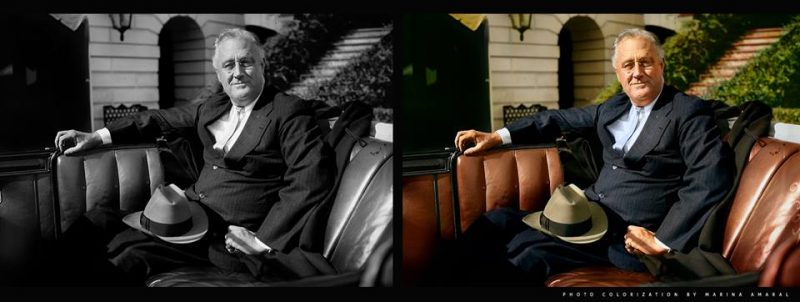
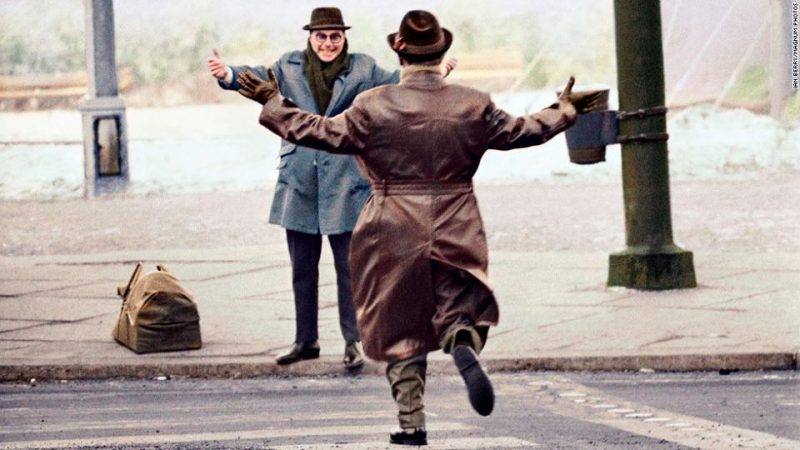
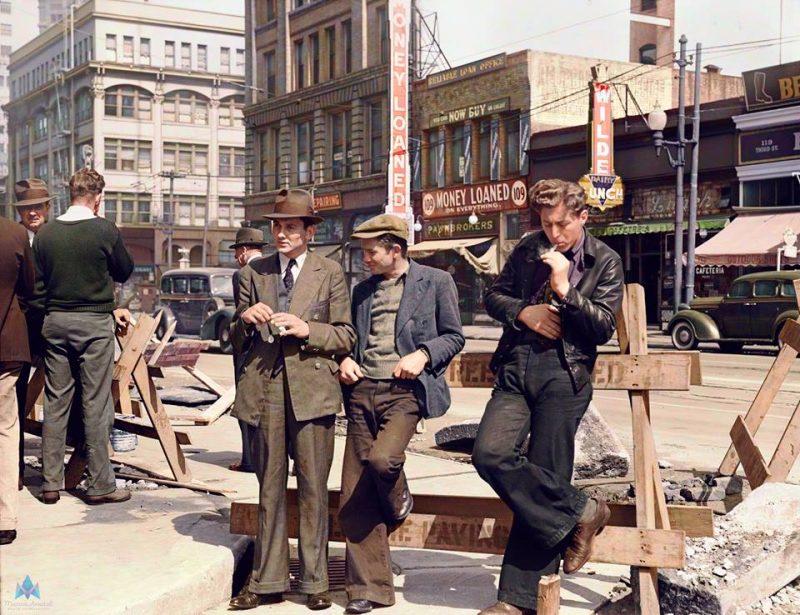
Unemployed men hanging out on the street in San Francisco, California (April 1939).
Photo: Dorothea Lange, Library of Congress.
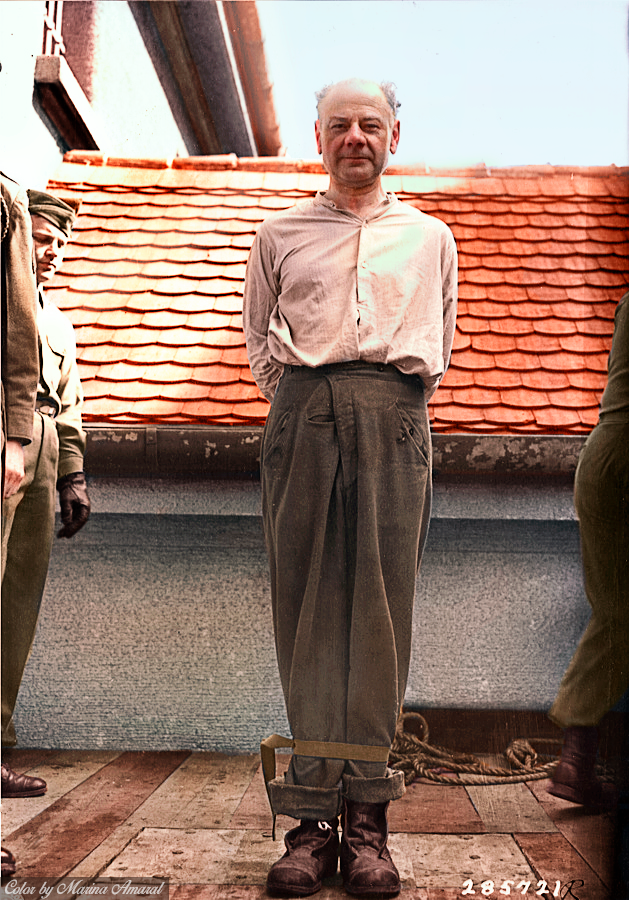
Krebsbach often inspected the prisoners and conducted selections for execution. A former inmate recalled Krebsbach’s actions during such an inspection: “As the senior SS doctor in the camp, Dr Krebsbach sometimes came to block 5 and had the still surviving Jews paraded before him. He then asked if any of them were doctors. If there were, he would say: ‘You Jewish pig, you’re just an abortionist.’ The next day they were done away with by the kapos. If a Jewish inmate was lying on the floor with a broken limb – a not uncommon occurrence at work – he was usually thrown over a wall by a kapo. If Dr Krebsbach were passing, he would say ironically: ‘Yes, this broken foot is a hopeless case.’ “Josef Herzler, former Mauthausen inmate”
Dr. Krebsbach´s career at KZ Mauthausen-Gusen ended when he shot Josef Breitenfellner, a soldier from Langenstein who served in the German Army. Krebsbach shot this vacationing young man at his private home, because he and his friends disturbed Krebsbach in the night of May 22, 1943.
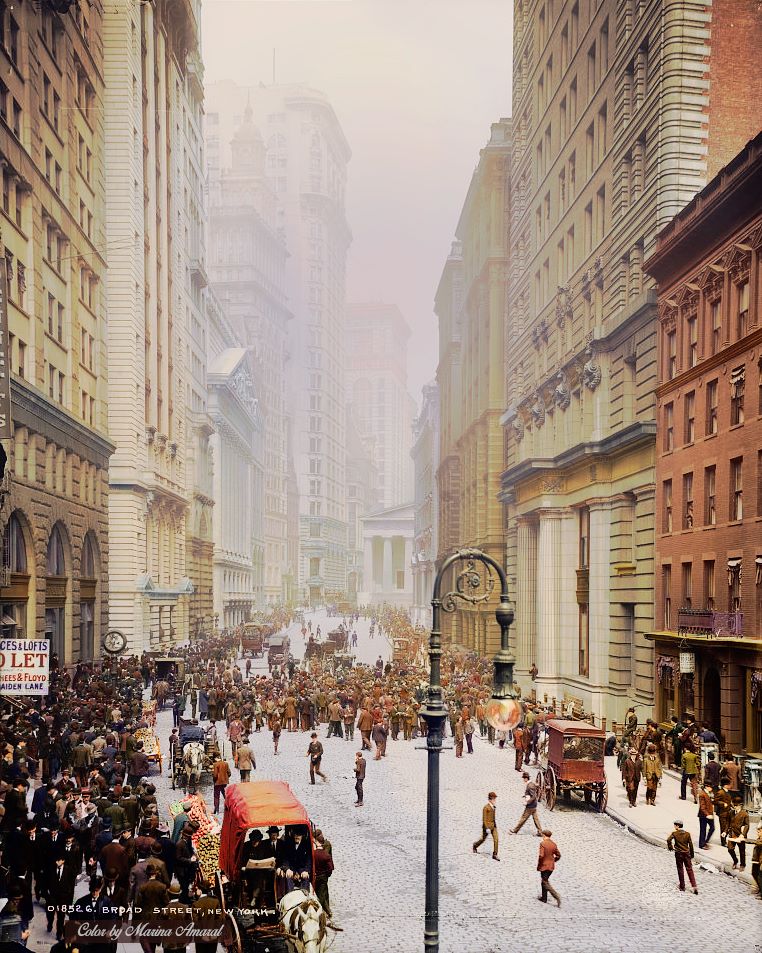
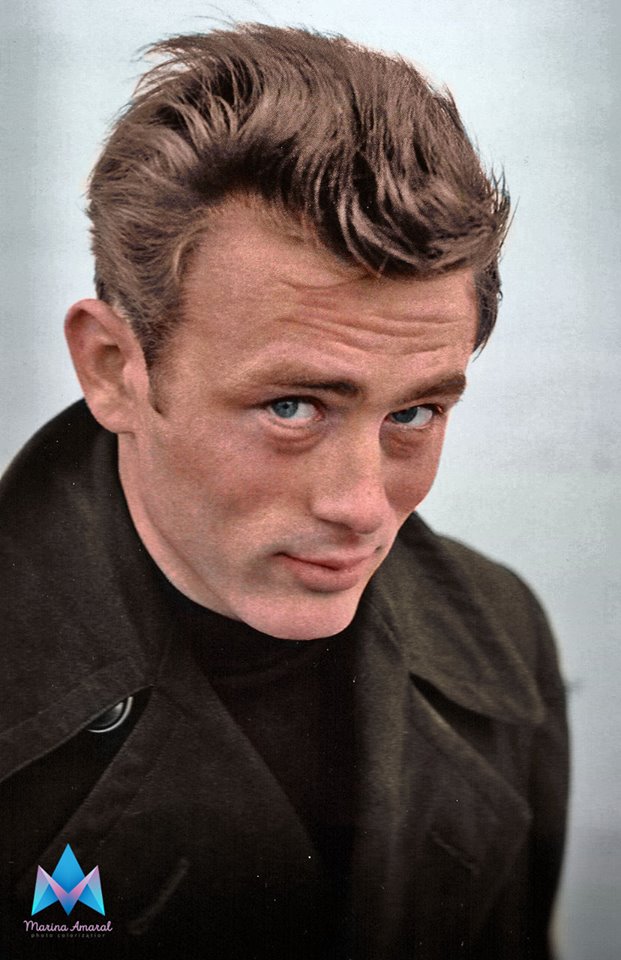
Dean’s premature death in a car crash cemented his legendary status. He became the first actor to receive a posthumous Academy Award nomination for Best Actor, and remains the only actor to have had two posthumous acting nominations. In 1999, the American Film Institute ranked him the 17th best male movie star of Golden Age Hollywood in AFI’s 100 Years…100 Stars list.
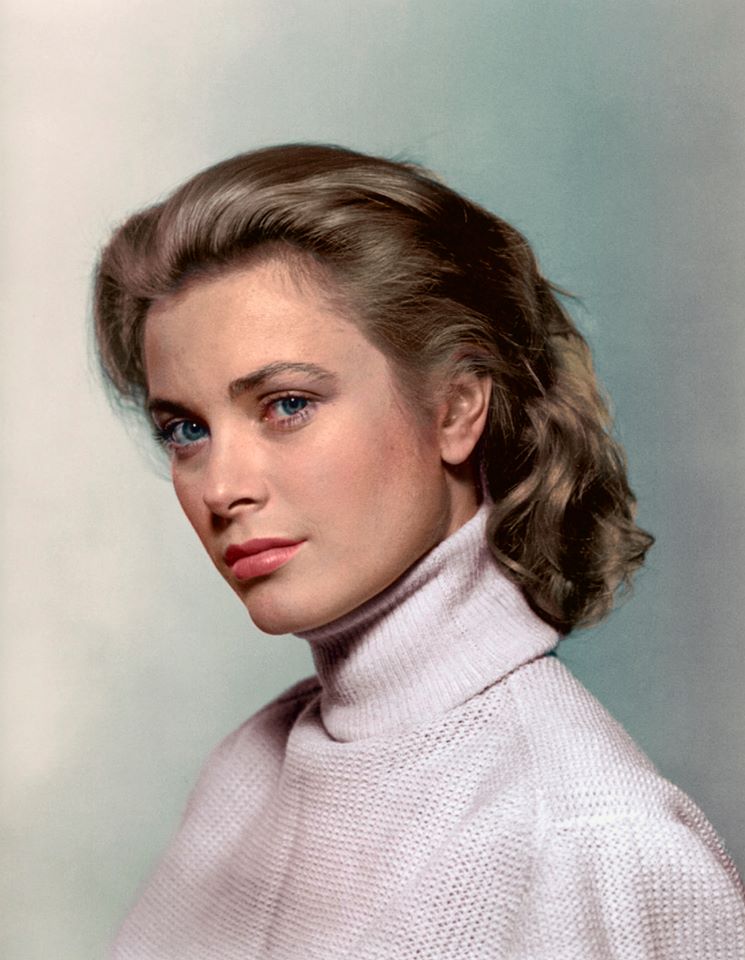
After embarking on an acting career in 1950, at the age of 20, Kelly appeared in New York City theatrical productions and more than 40 episodes of live drama productions broadcast during the early 1950s Golden Age of Television. In October 1953, she gained stardom from her performance in the film Mogambo. It won her a Golden Globe Award and an Academy Award nomination in 1954. She had leading roles in five films, including The Country Girl, for which her deglamorized performance earned her an Academy Award for Best Actress. Other films include High Noon (1952) with Gary Cooper, Dial M for Murder (1954) with Ray Milland, Rear Window (1954) with James Stewart and To Catch a Thief (1955) with Cary Grant, and High Society (1956) with Frank Sinatra and Bing Crosby.
Kelly retired from acting at the age of 26 to marry Rainier and began her duties as Princess of Monaco. They had three children: Caroline, Albert, and Stéphanie. She retained her American roots, maintaining dual U.S. and Monégasque citizenship. She died on September 14, 1982, a day after suffering a stroke while driving, causing her to crash.
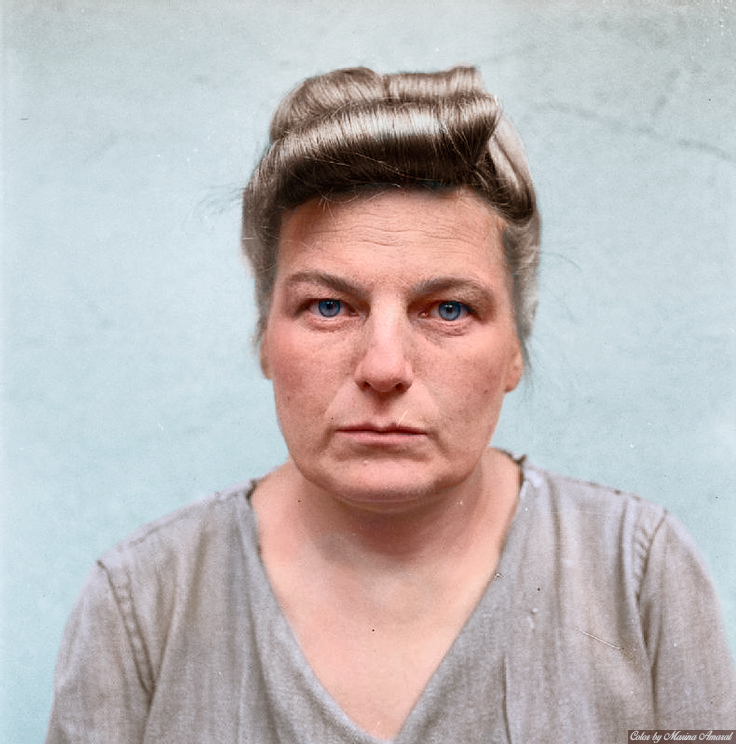
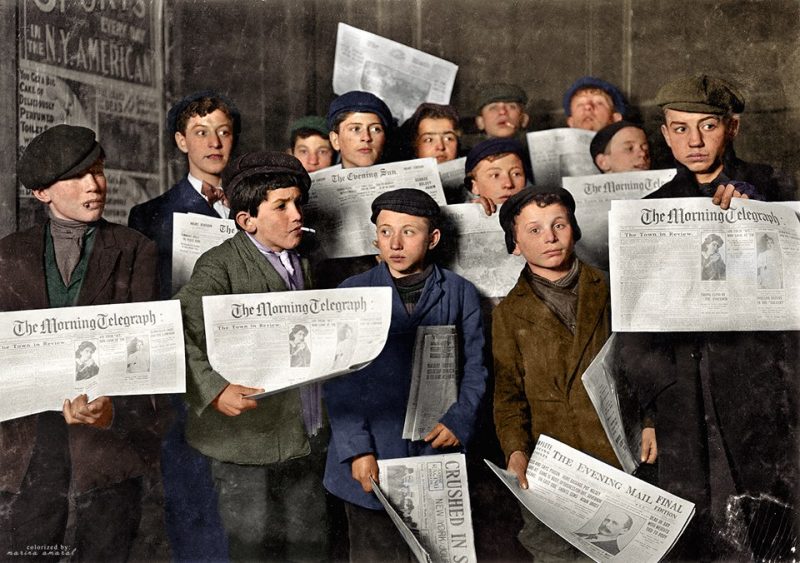
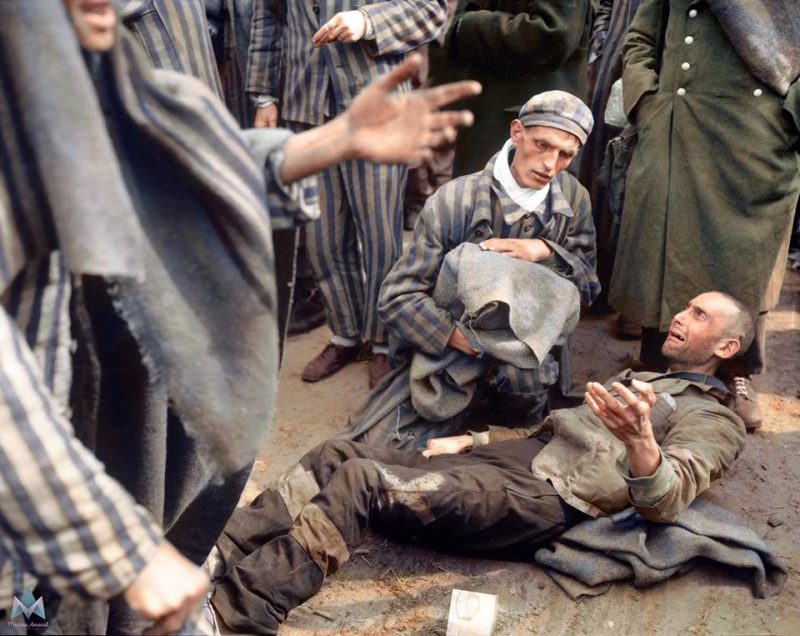
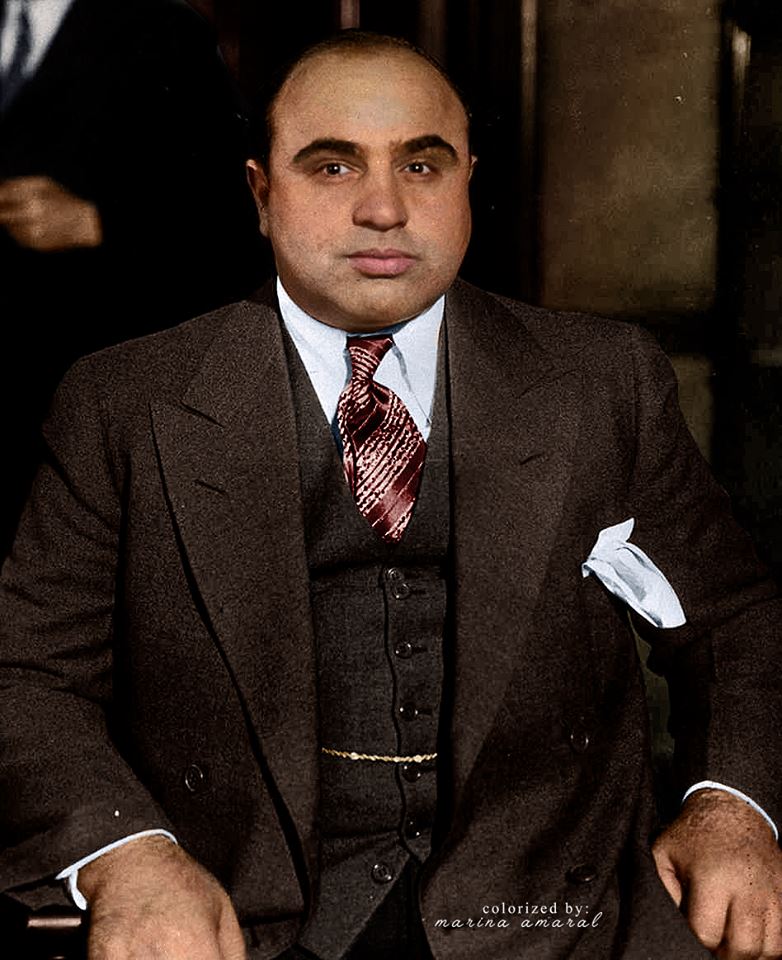
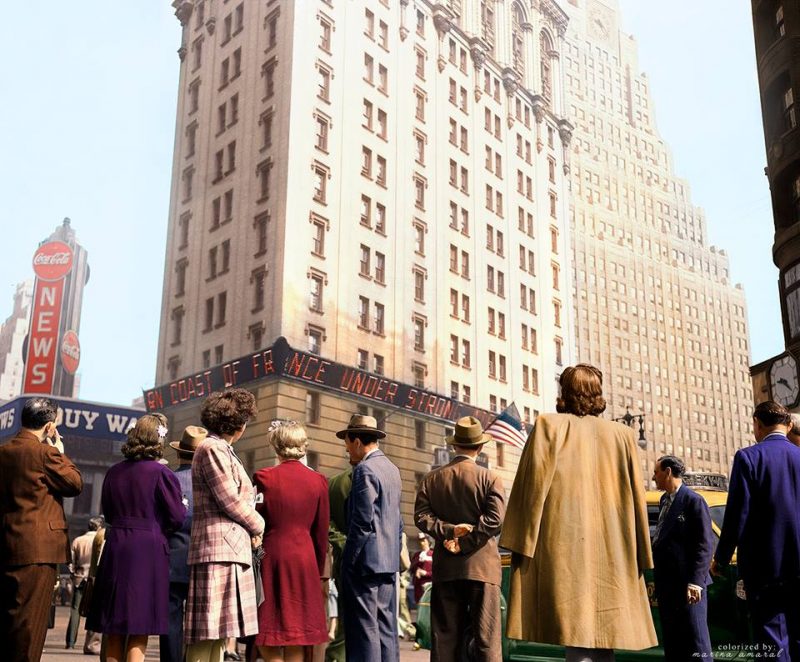
The coast was divided into five sectors: Utah, Omaha, Gold, Juno, and Sword Beach; and eventually led to the liberation of France from Nazi control, and contributed to an Allied victory in the war.
The photo itself was taken by either Howard Hollem, Edward Meyer or MacLaugharie on the morning of 6 June 1944 and is available through the Library of Congress.
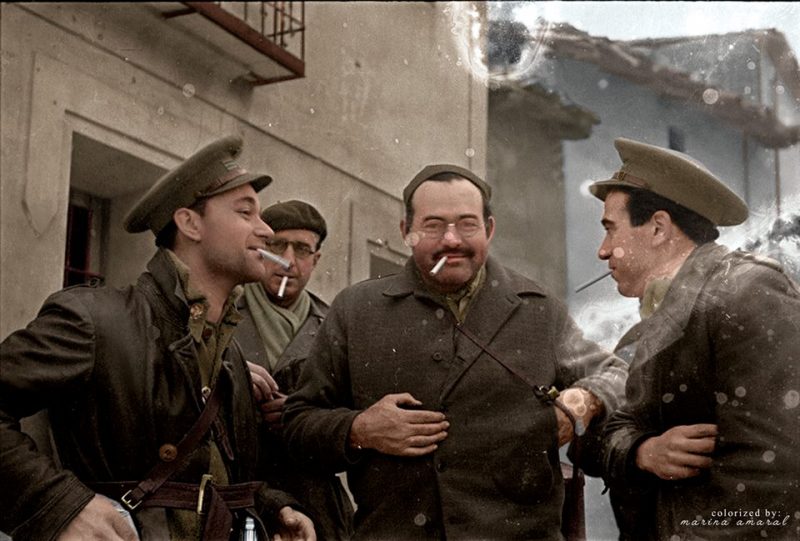
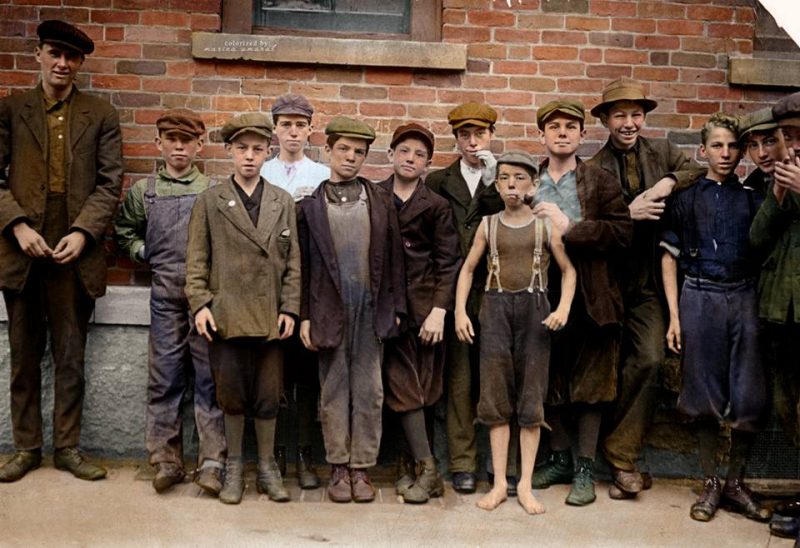
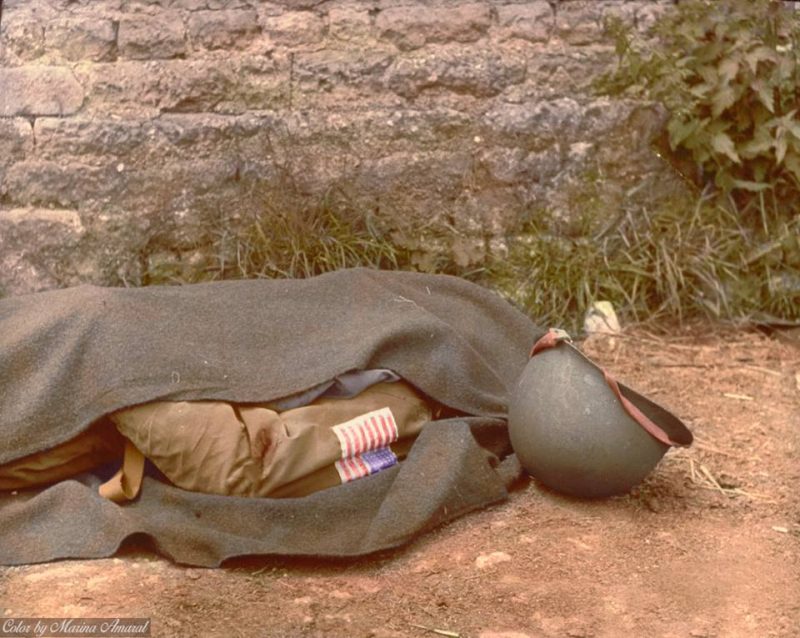
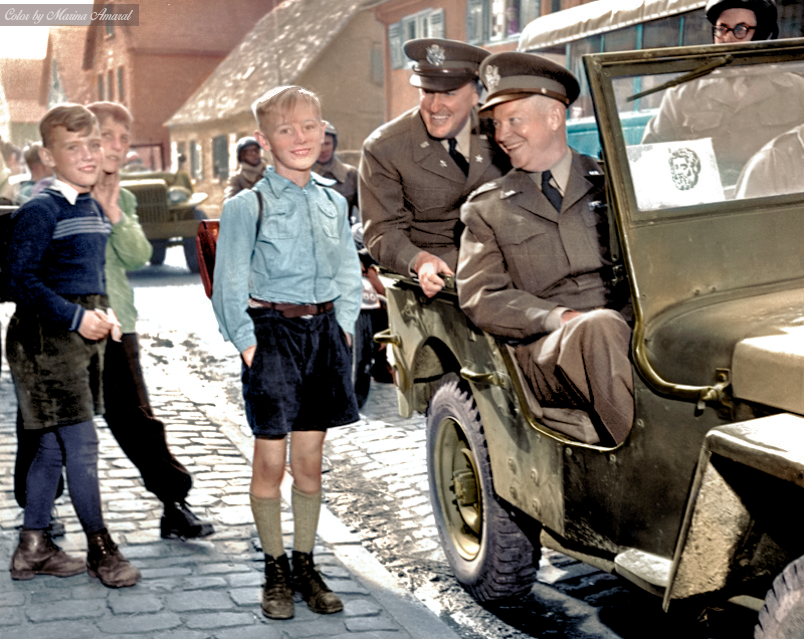
“We immediately recognized Gen. Eisenhower when the jeep stopped,” recalled Imhof, who was working as a technician at a hotel in 1983. “We were always seeing him in German newsreels. So we knew who he was. He asked how we were and an American took the photographs.” The photographer wasn’t exactly an American, though. Henry Toluzzi was a Swiss army veteran who joined Stars and Stripes after working for the U.S. Army Special Services. Zumwalt reported that Toluzzi later worked for NBC News and eventually retired to life on a boat in Australian waters.
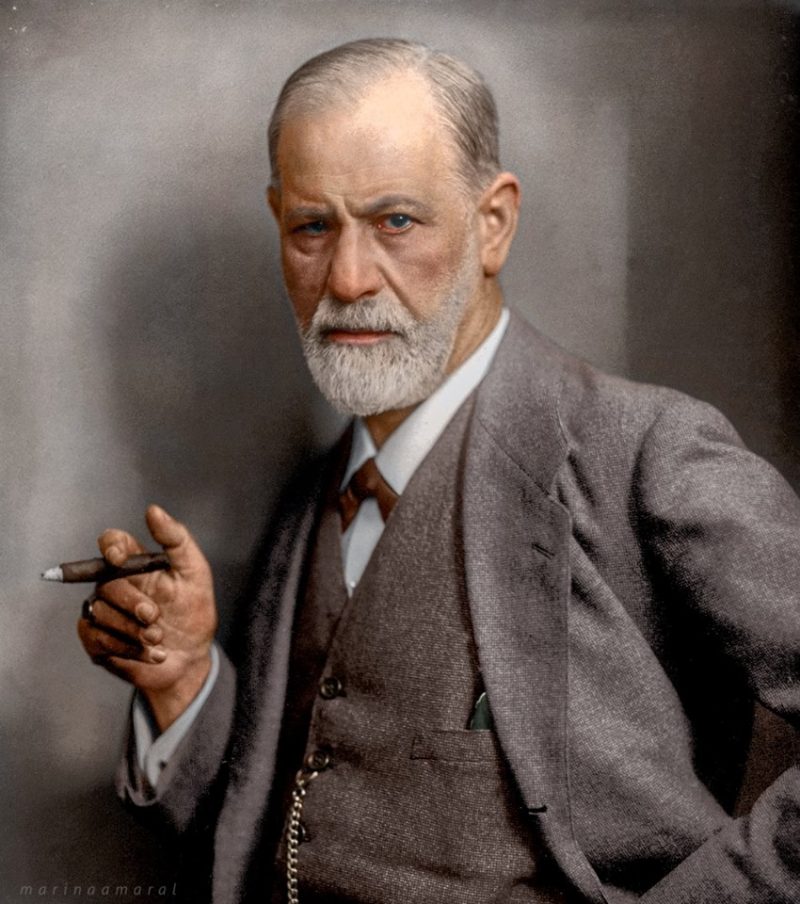
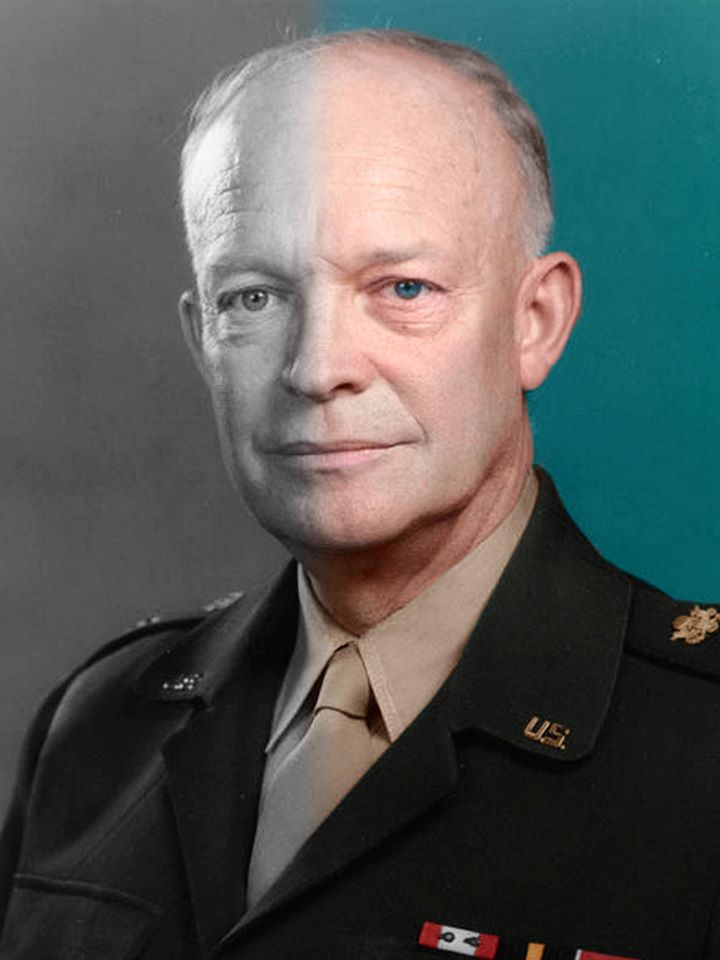
Dwight David “Ike” Eisenhower (October 14, 1890 – March 28, 1969) was the 34th President of the United States from 1953 until 1961, and the last U.S. President to have been born in the 19th century. He was a five-star general in the United States Army during World War II and served as Supreme Commander of the Allied Forces in Europe. He was responsible for planning and supervising the invasion of North Africa in Operation Torch in 1942–43 and the successful invasion of France and Germany in 1944–45 from the Western Front. In 1951, he became the first Supreme Commander of NATO.
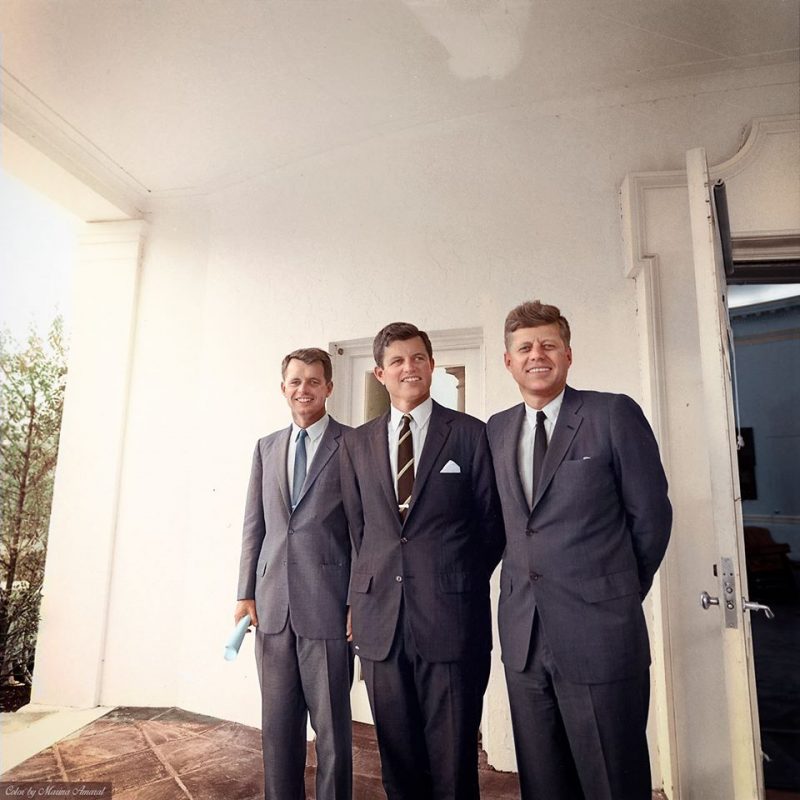
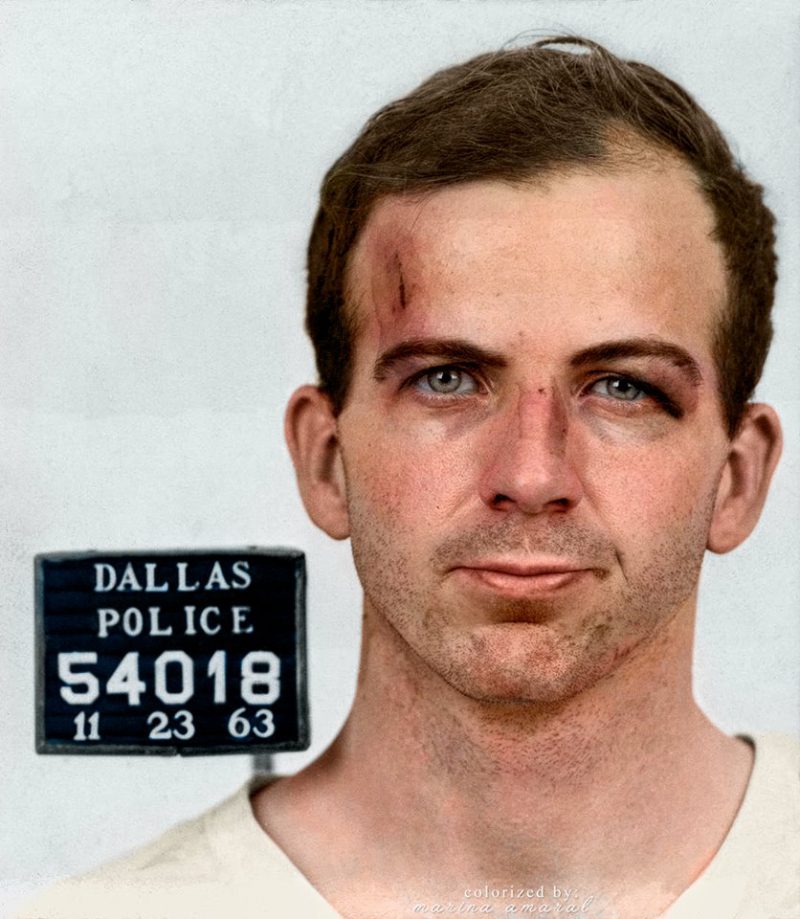
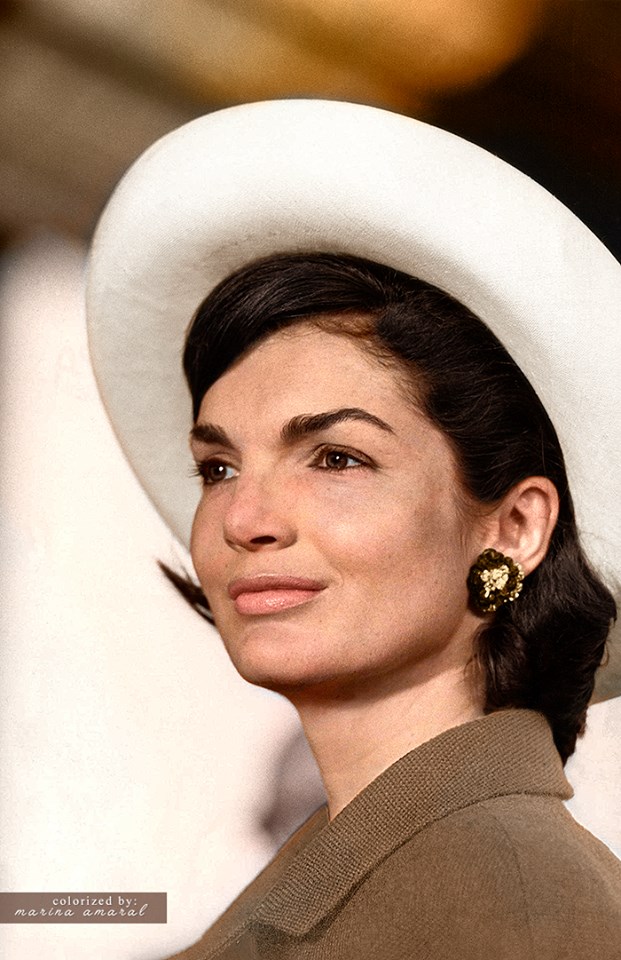
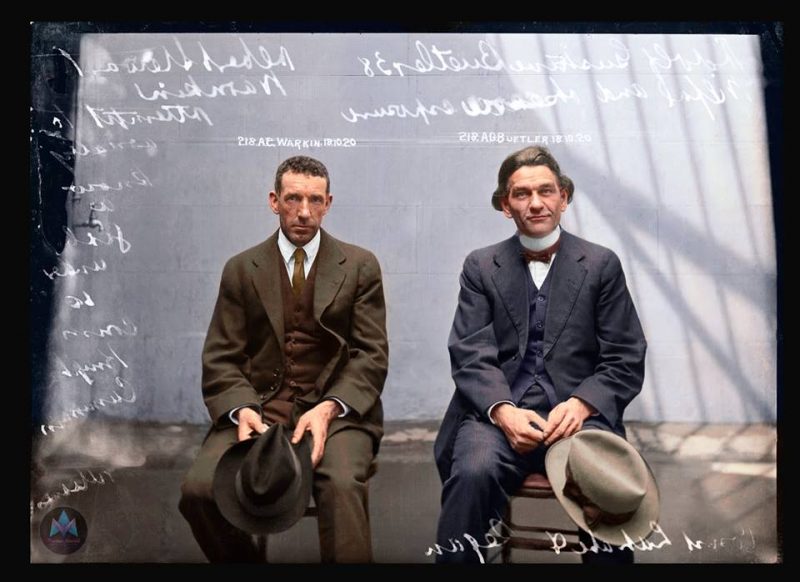
Albert Stewart Warnkin is listed in the NSW Police Gazette of 10 November 1920, as charged with attempting to carnally know a girl eight years old. No entry is found for Beutler, whose picture is inscribed ‘wilful and obscene exposure’. This picture is one of a series of around 2500 “special photographs” taken by New South Wales Police Department photographers between 1910 and 1930. These “special photographs” were mostly taken in the cells at the Central Police Station, Sydney and are, as curator Peter Doyle explains, of “men and women recently plucked from the street, often still animated by the dramas surrounding their apprehension”. Doyle suggests that, compared with the subjects of prison mug shots, “the subjects of the Special Photographs seem to have been allowed – perhaps invited – to position and compose themselves for the camera as they liked. Their photographic identity thus seems constructed out of a potent alchemy of inborn disposition, personal history, learned habits and idiosyncrasies, chosen personal style (haircut, clothing, accessories) and physical characteristics.”
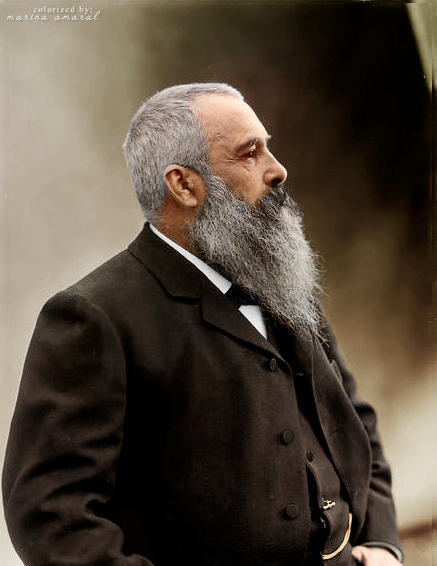
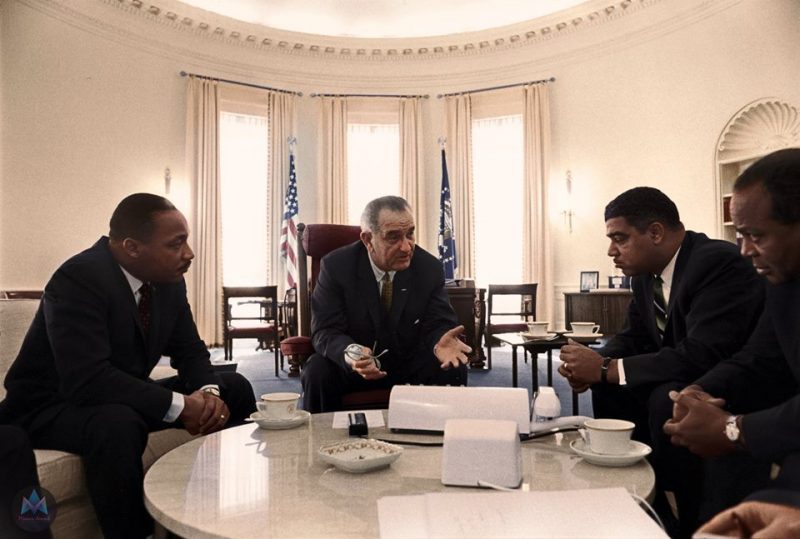
The Civil Rights Movement or 1960s Civil Rights Movement, sometimes anachronistically referred to as the “African-American Civil Rights Movement” although the term “African American” was not used in the 1960s, encompasses social movements in the United States whose goals were to end racial segregation and discrimination against African Americans and to secure legal recognition and federal protection of the citizenship rights enumerated in the Constitution and federal law. The leadership was African-American, much of the political and financial support came from labor unions (led by Walter Reuther), major religious denominations, and prominent white politicians such as Hubert Humphrey and Lyndon B. Johnson.